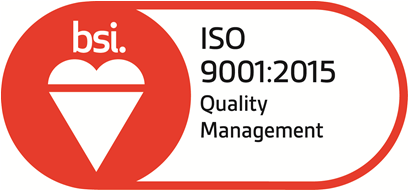During the installation process, sprinklers are required to be inspected and pressure-tested as part of the commissioning phase. Subsequently, annual inspections and periodic testing, sometimes including line flushing is required. Generally, these requirements are enough to ensure that a sprinkler system is installed correctly, and will perform its job when it is needed.
Recently, we ran into an unusual situation. Some renovations were being done on a building, and when the building contractor opened up a hole in the floor, he noticed that there was what appeared to be a sprinkler pipe that was not connected to anything. Upon investigation, it was determined that the pipe was the supply to a sprinkler in a stairwell – the sprinkler had been installed without being connected into the main sprinkler piping system! Upon further investigation, a second disconnected sprinkler was also found in another stairwell.
The building in question has over 500 sprinklers in it. The owner asked our opinion on how to proceed. In working with the building contractor and sprinkler contractor, we determined the following course of action.
- One-by-one, the sprinkler lines were drained.
- At the drain, a vacuum was connected to the sprinkler line, to put the system under negative pressure.
- A sprinkler fitter then went to each sprinkler on the zone, and using a sprinkler wrench, cracked the sprinkler seal. It immediately became obvious whether the sprinkler was properly connected to the sprinkler piping system, as a suction noise was noted at the sprinkler.
- The sprinkler was then replaced with a new sprinkler.
During this process, we considered two questions.
- Should we replace every sprinkler where the seal was cracked?
- Should we test every sprinkler, or do a random selection?

In answering the first question, NFPA 13 is very clear that sprinklers cannot be re-used. But was only cracking the seal to a sprinkler actually considered as re-using it? Historical experience within our team was that the simple act of twisting a sprinkler to crack the seal can impact the sprinkler seat and cause it to leak. In this occupied building, periodic leaks were not considered acceptable; we recommended replacing the sprinklers.
In answering the second question, we considered the fact that, along with other fire protection measures (such as building compartmentalization and the building alarm and detection system), the sprinkler system was an integral part of the holistic fire protection of the building. It provides protection against fire spread, protection of egress paths, and is connected to the fire detection system. If we missed any disconnected sprinklers, life safety in the building could be impacted. We recommended was that all sprinklers be tested.
Through this process, 2 additional sprinklers were found to not be connected into the sprinkler piping system. The end result was a client who now has a restored faith in the sprinkler system in their building!







